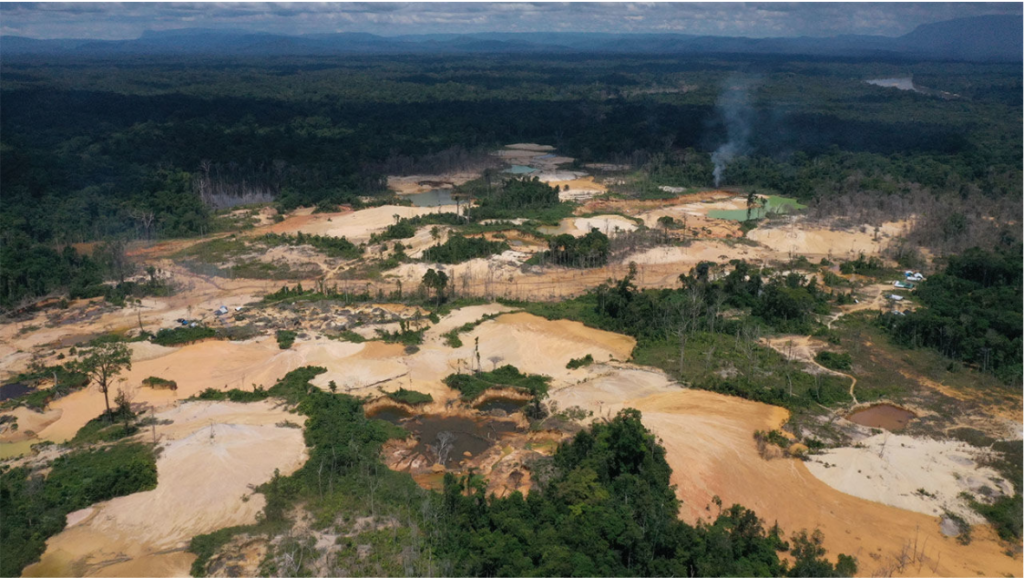It is 2021.
The world is still in an ongoing crisis: the Covid-19 disease haunts countries all over the world even with the development of the vaccine.
It is easy – in fact normal – for us to be entwined within this gloomy mire of negativity, with reports of Covid-19 cases; deaths; and their socio-economic implications making the headlines of news reports daily.
However, a crisis less apparent to us, and perhaps even more disastrous, is looming over the world. It is the Sixth Extinction. Otherwise known as the Holocene Extinction, the Sixth Extinction is one whereby life on Earth is experiencing rapid decimation. Unlike the previous five extinction events, during which dinosaurs and other lifeforms were obliterated from the face of the earth1, this is the first extinction event that stems from the human race. Furthermore, the rate of extinction is far beyond the baseline rate2, posing a huge threat to our biodiversity on Earth.
What is Biodiversity?
In a nutshell, biodiversity is the combination of the two words “biological” and “diversity”, and encompasses all varieties of life forms on Earth.
This word may appear to some as some form of complicated environmental jargon only used by scientists. Contrary to this belief, biodiversity can be very simple – for example, it is exemplified by the different life forms in your very own houses, from the potted plants in your garden to the ants and lizards that reside within. More evident examples of biodiversity can perhaps be found in nature parks, where a greater variety of life may exist.
For those who yearn for a more scientific definition, biodiversity can also be defined as the “species, genetic, and ecosystem diversity in an area, sometimes including associated abiotic (physical, not derived from living organisms) components such as landscape features, drainage systems, and climate”3.
Why is it important?
Biodiversity is important to us because it is what sustains life on Earth.
The various species that exist and interact with one another allow for different services to be provided. Just take a look at what you consume on a daily basis – where do the vegetables or meat come from? Or the air that we breathe – how is it constantly being replenished with the oxygen we need? Examining the environment around us would provide us with a simple yet holistic answer to the reason for the importance of biodiversity.
In other words, we could try to imagine a world without any biodiversity… and I’m sure that is not a world any of us could live in.
To be more specific, one key reason why biodiversity is important is because it provides us with an array of ecosystem services, which are essentially “free goods” from our natural environment. These services can be split into four main categories – provisioning, regulating, cultural, and supporting services.
The extinction crisis
Presently, scientists estimate that approximately 1 million animal and plant species are now threatened with extinction4. What is extremely worrying about the 6th extinction is that the rate of extinction is unprecedented in all of human history, far above the natural rate of extinction. The largest driver of this?
Human activity.
Two of the largest drivers of this is overpopulation and overconsumption. The rapid growth of the human population in the 20th century resulted in a greater need for resources such as food, raw materials, medicine and land area. As the rate of extraction of these resources grew, the rate of depletion of various species began to increase as well.

In addition, the fact that various species are interconnected and depend on each other to survive would mean that a depletion in a population would lead to ripple effects on other species in the ecosystem that depend on them as well.
What can we do?
All around the world, we see various groups fighting to preserve the various species before they go extinct. Zoos engage in breeding programmes, NGOs advocate against habitat loss and illegal poaching, and environmental groups push for more sustainable consumption habits and protection for declining species.
You must be thinking: “Why go through all this?”
Well, there is a very good reason for that. Ultimately, the extinction crisis will impact us in the future, as we are all part of this ecosystem here on Earth.
The loss of biodiversity will impact the food we eat, the resources we need, and the environment we live in. Making choices such as choosing sustainable sources of seafood, taking only what you need, and contributing to organisations that protect wildlife such as WWF can be the first steps you make.
The extinction crisis is irreversible.
Should we choose to do nothing, we will only reap what we have sown. But, hope blooms when we as individuals choose to make even the smallest change in our lives to fight for and defend nature.
Glossary:
Baseline rate – refers to the number of species that would be expected to go extinct over a period of time, based on non-anthropogenic (non-human) factors5. The baseline extinction rate is about one species per every one million species per year6.
This article was written with the kind help and expertise of Ho Song Thye.



